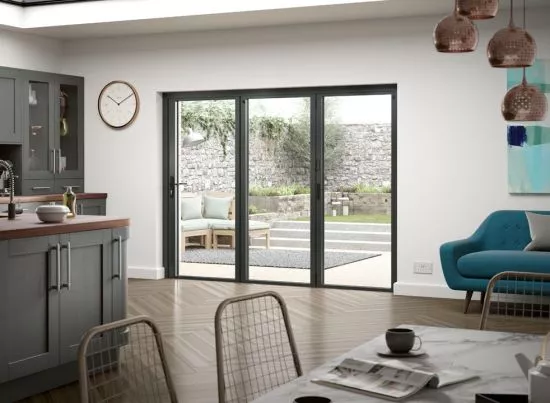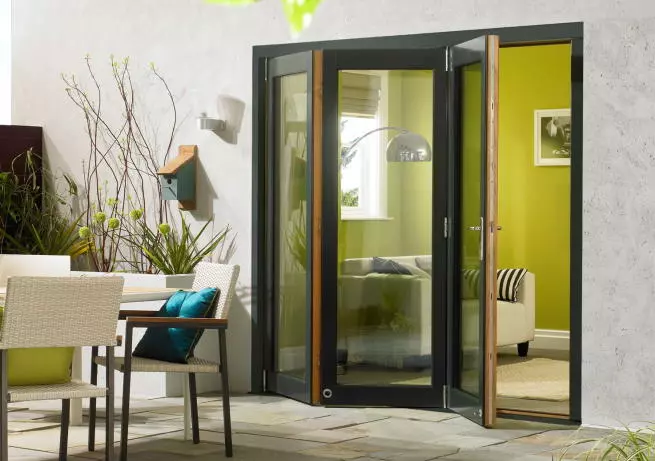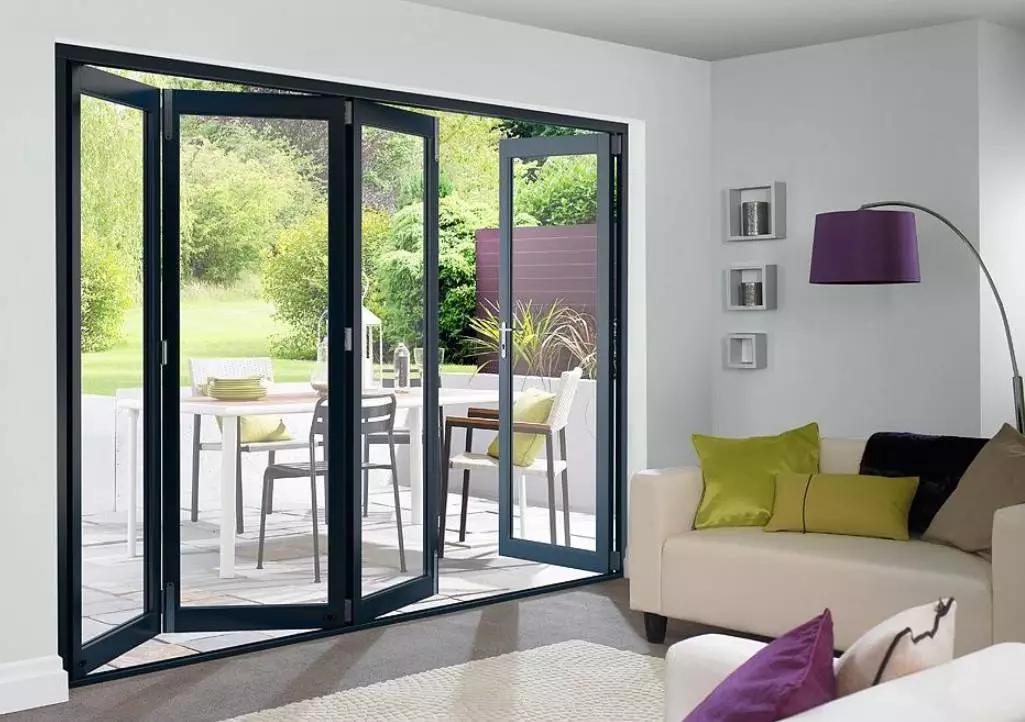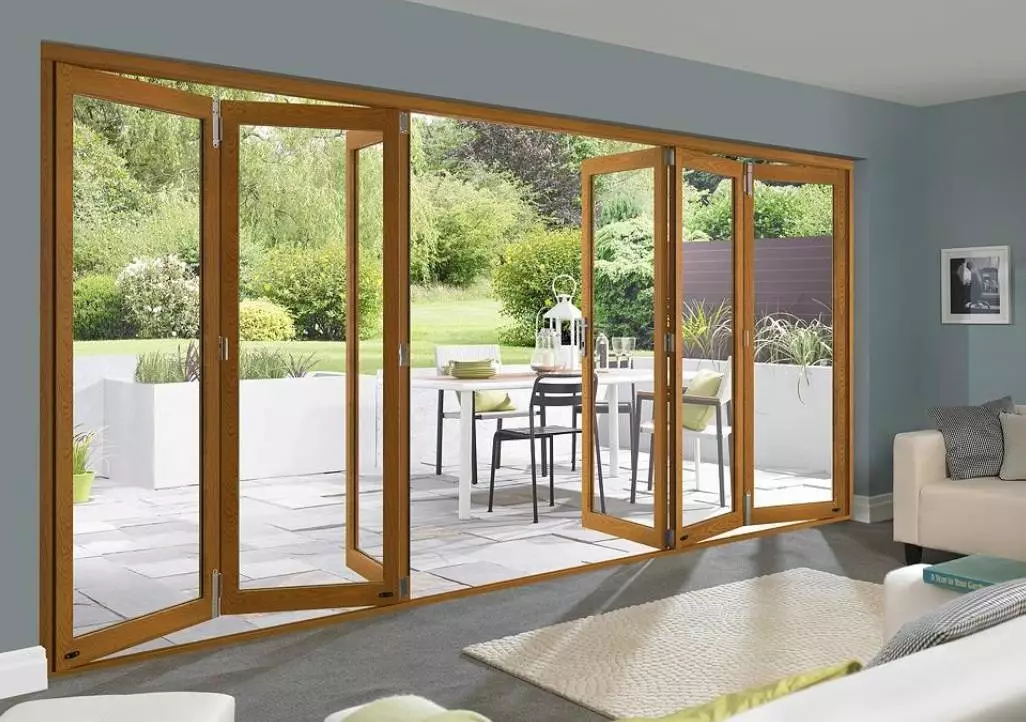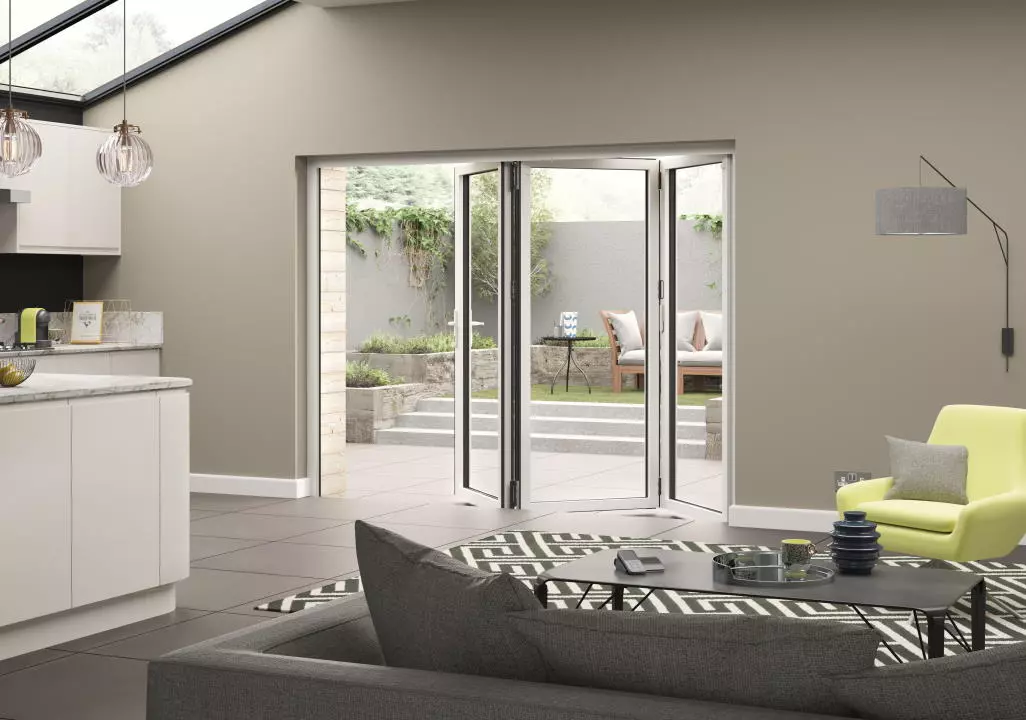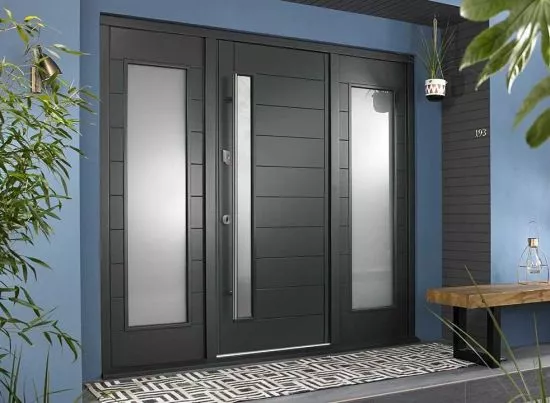What is the best material for bifold doors?
The best material for bifold doors depends on your priorities. Aluminium is ideal for modern homes, offering slim sightlines, durability, and minimal maintenance. Wooden bifold doors provide excellent insulation and a classic, timeless aesthetic but require more upkeep. Composite bifold doors combine the benefits of both aluminium and wood, offering durability, insulation, and style, albeit at a higher price point. Consider your budget, desired look, and maintenance preferences when choosing.
Are aluminium bifold doors better than uPVC?
Yes, aluminium bifold doors are generally considered better than uPVC. Aluminium offers superior durability, a longer lifespan, and a more stylish, high-end appearance. It resists warping, is environmentally friendly due to recyclability, and requires little maintenance. While uPVC is cheaper upfront, it is more prone to wear, warping, and environmental concerns, making aluminium a better long-term investment for quality and aesthetics.
Can bifold doors improve home insulation?
Yes, bifold doors can improve home insulation, especially if you choose the right material and glazing. Wooden bifold doors naturally insulate well due to timber’s cellular structure. Aluminium doors with thermal breaks and double or triple glazing also provide excellent energy efficiency. Composite bifold doors often offer the best insulation by combining wood’s warmth with aluminium’s protective outer layer.
How long do aluminium bifold doors last?
Aluminium bifold doors can last 20–30 years or longer with proper care. Their durability is enhanced by powder-coated finishes, which resist corrosion and weathering. Regular cleaning with soapy water is typically all that’s needed to keep them in excellent condition, making them a reliable, long-lasting option for any home.
What is the most affordable material for bifold doors?
uPVC is the most affordable material for bifold doors, making it a popular choice for budget-conscious homeowners. However, the lower upfront cost comes with drawbacks, including a shorter lifespan, less durability, and a less premium appearance compared to aluminium or wood. While uPVC can suit short-term needs, aluminium, composite or engineered wooden doors are better long-term investments.
Are composite bifold doors worth the cost?
Composite bifold doors are worth the cost if you’re looking for premium quality. They combine the natural insulation of wood with the durability of aluminium, offering excellent thermal performance, low maintenance, and a stylish finish. Although they are more expensive upfront, their performance and aesthetic appeal make them a worthwhile investment for homeowners seeking the best of both materials.




